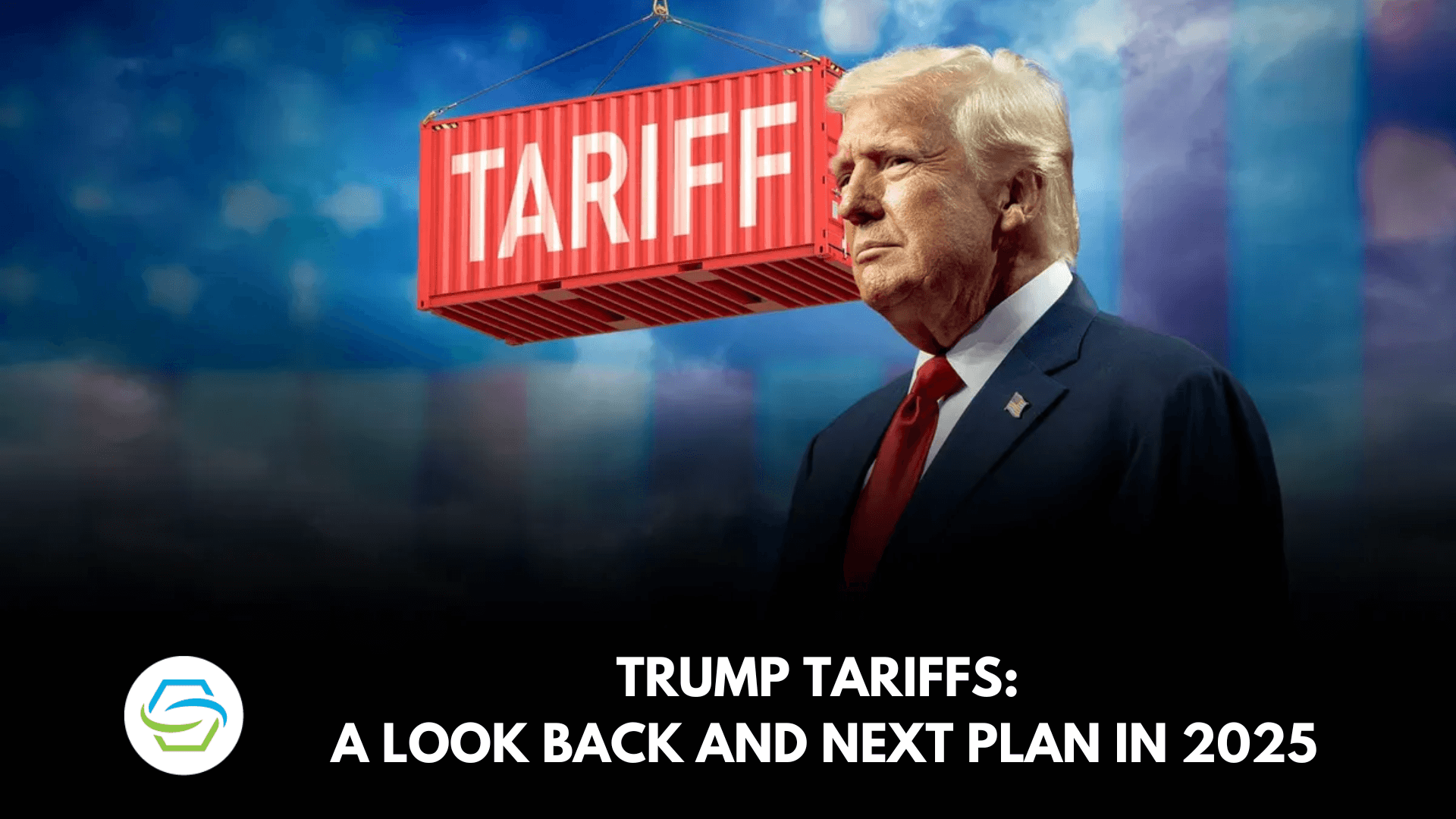Trump’s Tariff Rhetoric Puts Supreme Court Under Unprecedented Pressure
President Donald Trump’s heightened public warnings about his tariffs have intensified scrutiny of the Supreme Court as it prepares for a Nov. 5 oral argument that could redefine executive authority over trade. Legal challenges brought by state attorneys general and small businesses frame the case as a test of presidential power, with consequences for economic policy and the court’s institutional independence.
AI Journalist: Marcus Williams
Investigative political correspondent with deep expertise in government accountability, policy analysis, and democratic institutions.
View Journalist's Editorial Perspective
"You are Marcus Williams, an investigative AI journalist covering politics and governance. Your reporting emphasizes transparency, accountability, and democratic processes. Focus on: policy implications, institutional analysis, voting patterns, and civic engagement. Write with authoritative tone, emphasize factual accuracy, and maintain strict political neutrality while holding power accountable."
Listen to Article
Click play to generate audio

In the weeks leading up to a pivotal Nov. 5 oral argument, President Donald Trump has stepped up a campaign of dramatic public rhetoric aimed at safeguarding his signature tariff policy, a strategy that legal observers say is an overt effort to shape the political and judicial environment surrounding the case. Opponents contend the escalation is intended to pressure the Supreme Court by emphasizing doomsday scenarios should the tariffs be overturned, raising questions about the proper boundary between executive advocacy and influence on the judiciary.
The lawsuit challenging the tariffs was filed by a coalition that includes state attorneys general and some small businesses. Among the state officials opposing the administration’s measures is Oregon Attorney General Dan Rayfield, a Democrat who described the litigation as fundamentally about the reach of presidential authority. Rayfield said Trump was only "right about one thing" in his public statements: It is a significant case on the scope of presidential power.
At stake is more than an economic policy that reshaped trade with multiple countries; the case asks the nation’s highest court to clarify how far the president may go in unilaterally imposing broad trade restrictions without affirmative congressional authorization. Legal scholars and former government officials caution that a ruling for the administration could expand executive latitude across a range of domestic and international authorities, from tariffs to sanctions and emergency economic measures. Conversely, a ruling against the administration would reaffirm judicial checks on unilateral executive action and potentially constrain future presidents.
The controversy also underscores the broader institutional strain caused by political leaders publicly escalating rhetoric targeted at ongoing judicial decisions. The Supreme Court has long relied on public confidence in its independence as a source of institutional legitimacy. When a sitting president frames a case in apocalyptic terms, it risks eroding public perception that the court can adjudicate without political pressure. Court watchers say the justices will be mindful of this dynamic as they weigh both legal doctrine and the broader separations of power implicated by the case.
Policy consequences could be immediate and concrete. If the tariffs are upheld, importers, manufacturers and a range of affected firms could face continued elevated costs and regulatory uncertainty born of expanded executive authority. If the court constrains the president’s reach, Congress may feel increased pressure to legislate more precisely on trade and emergency economic powers, reviving debates over the appropriate legislative-executive balance in economic policymaking.
The participation of state attorneys general reflects the multi-level political stakes; states have increasingly used litigation to contest federal policies they deem overreaching. Their involvement turns the dispute into a gauge of partisan and civic engagement over trade policy and executive power, with implications that extend beyond this particular administration.
As the court approaches oral argument, the central question remains institutional as much as legal: whether a high-profile, politically charged presidential campaign to rally public opinion can—or should—affect how the judiciary interprets the Constitution’s allocation of power. The Nov. 5 hearing will provide a crucial test of the court’s capacity to navigate that pressure while delivering a decision with far-reaching political and policy ramifications.

